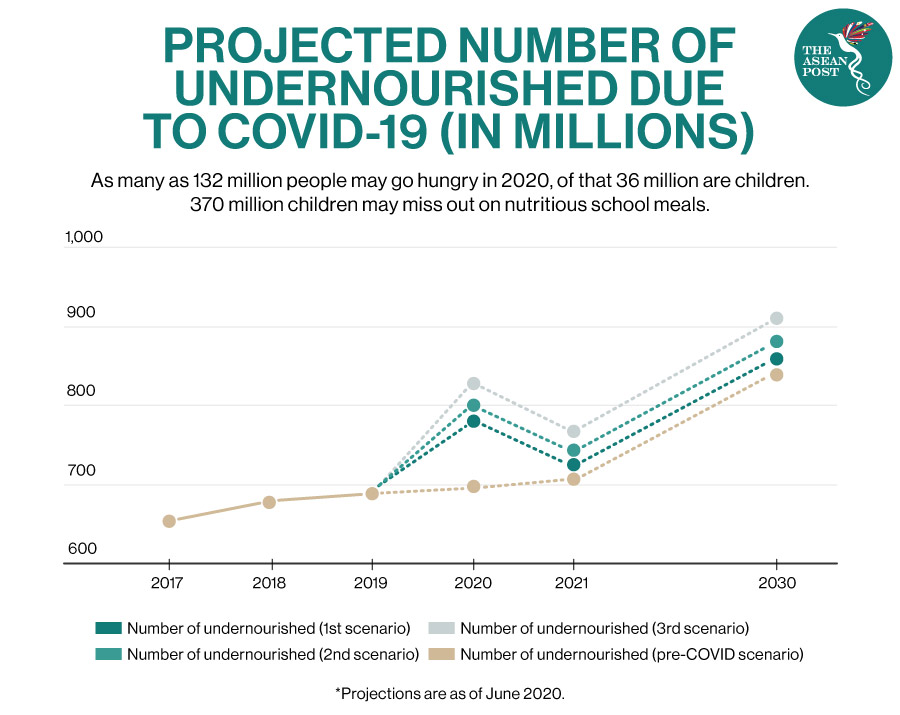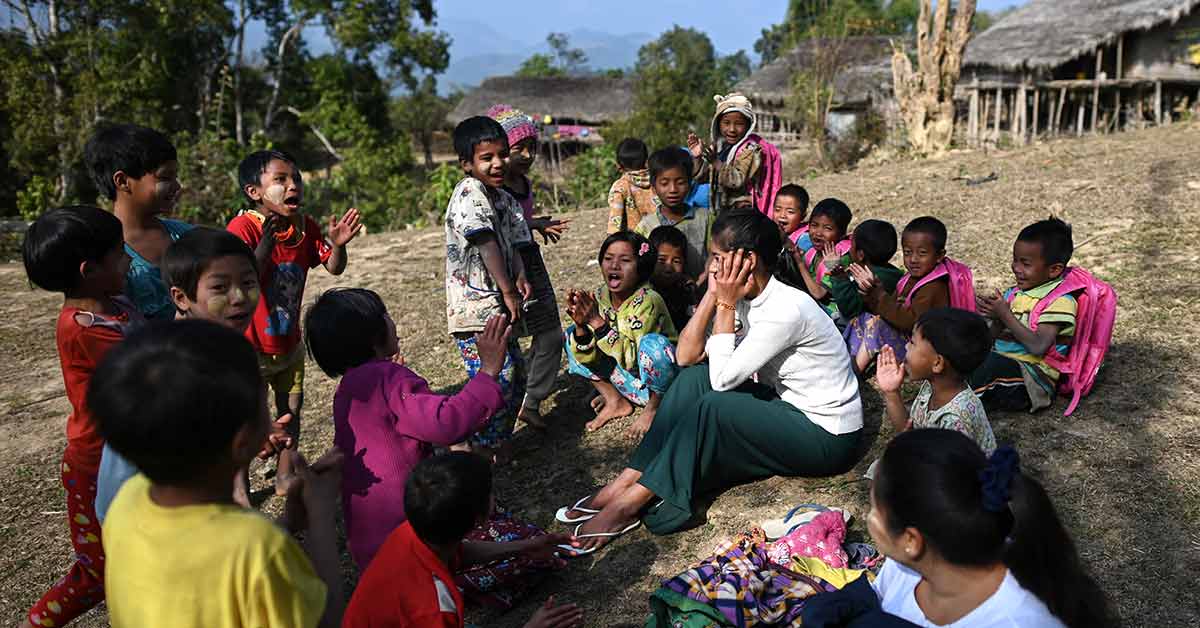When the COVID-19 outbreak hit most nations around the world, governments scrambled to contain the virus and to mitigate the impacts of the pandemic. Today, over one million people have lost their lives as a result of the deadly disease. Whereas millions of others have experienced unemployment, furlough and salary cuts.
In the United States (US) alone, layoffs exceeded 42 million by June this year. Whereas in Asia, the Asian Development Bank (ADB) expects at least 68 million jobs to be lost in the region.
COVID-19 has ravaged livelihoods and hit workers and communities hard. Many are reported to be struggling with mental health issues as social isolation and physical distancing become the new normal. Some have even resorted to taking their own lives as a result of depression due to sudden job loss and financial constraints.
But what about the children of the world? How have they been affected during the pandemic?
Initially, some observers believed that children were less likely to fall ill from the new COVID-19 virus. US President Donald Trump even claimed that children were “almost immune” to the disease. This is indeed, inaccurate. Social media giant Facebook even took down the post by Trump which contained a video clip from an interview when he made the statement.
Sadly, an estimated 480,000 COVID-19 cases involving children have been reported in the US alone. Whereas in ASEAN member state Indonesia, more than 300 children including newborn babies and those below the age of six, are believed to have succumbed to the deadly virus.
Though children rarely develop serious illness from the virus, they are not immune to it. In addition, just like adults, they are also at risk of the perilous impacts of the COVID-19 pandemic, such as education and vaccination disruptions, child wasting, cyber risks and even mental health issues.
Malnutrition, Missed Meals
Back in March, the World Health Organization (WHO), United Nations Children's Fund (UNICEF) and the World Bank released a joint report on child wasting and stunting. It was revealed that in 2019, 47 million children under the age of five were suffering from wasting, with 14.3 million severely wasted. Child wasting is among the most prevalent forms of undernutrition globally.
However, a more recent report by UNICEF found that an additional 6.7 million children under five could suffer from wasting due to the socioeconomic impact of the coronavirus crisis.
“Household poverty and food insecurity rates have increased. Essential nutrition services and supply chains have been disrupted. Food prices have soared. As a result, the quality of children’s diets has gone down and malnutrition rates will go up,” said Henrietta Fore, Executive Director of UNICEF.

Save Our Future, a global coalition guided by UNESCO, UNICEF and the World Food Programme (WFP) also noted that at the peak of the pandemic, nearly 370 million school children – from low to high income countries – were missing out on free school meals on which they depended on. For many children, school is where they receive their only proper meal of the day.
Vaccine Disruption
According to UNICEF, vaccines save an estimated two to three million lives every year. Nevertheless, COVID-19 threatens to roll back decades of progress made in reducing preventable child deaths by hindering access to life-saving services.
Data from WHO, UNICEF and Gavi, the Vaccine Alliance revealed that routine immunisation services against diseases such as polio had been affected in at least 68 countries since March. The organisations stated that due to COVID-19 measures, an estimated 80 million children under the age of one in these countries may miss out on receiving vaccines.
Education
According to the World Economic Forum (WEF), as of August, more than one billion children across the globe were still affected by school closures. Back in March, the figure was more than 1.5 billion.
Although children in some countries have started going back to school as institutions reopen, almost 10 million kids may never return to school following the coronavirus crisis, said Save the Children. The humanitarian aid organisation stated that the world’s children are facing an “unprecedented education emergency.”
“We know the poorest, most marginalised children who were already the furthest behind have suffered the greatest loss, with no access to distance learning, or any kind of education, for half an academic year,” explained Inger Ashing, Chief Executive Officer of Save the Children.
As the coronavirus pushes millions more into poverty, desperate parents may also let their children drop out of school to enter the harsh labour force or even enter into child marriage.
The COVID-19 pandemic is also causing a digital divide in education. Although digital adoption has accelerated over the last few years – November 2019 data released by the International Telecommunication Union (ITU) estimated that around 3.6 billion people remain offline with the majority of those unconnected living in the least developed countries.
The majority of children in these countries, are living in informal settlements and camps where access to internet and infrastructure are already limited, thus making their futures seems bleaker than ever.
Digital Risks
For children blessed with internet connection amid the pandemic, their online screen time has skyrocketed. Nevertheless, the digital space might not be safe for young kids.
“Not all children have the necessary knowledge, skills and resources to keep themselves safe online,” said Howard Taylor, Executive Director of the Global Partnership to End Violence against Children. This leaves them vulnerable to online sexual exploitation, violence, and bullying.
According to the Child Online Safety Index (COSI), around 60 percent of eight to 12-year-olds have experienced at least one of the following cyber risks: cyberbullying, gaming disorder, online sexual behaviour or reputational risk. This was even before the coronavirus pandemic. The numbers could be higher as children are now online more frequently.
The COVID-19 pandemic is a universal crisis that affects people from all walks of life. Sadly, for some children, the impact from the disease will be lifelong.
Related Articles:
